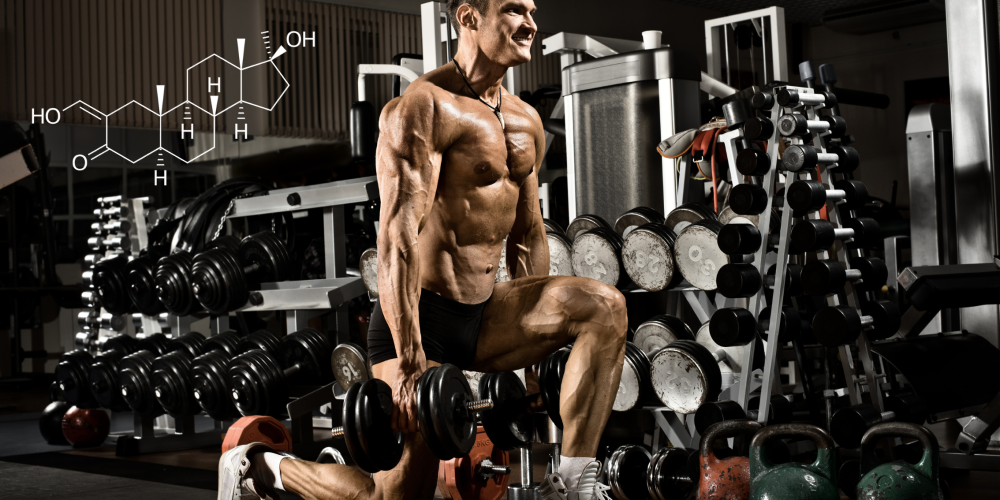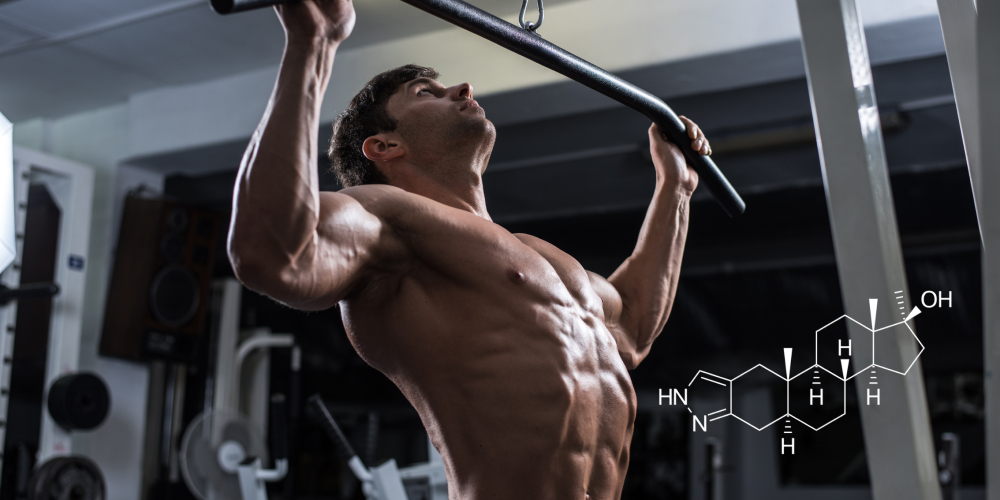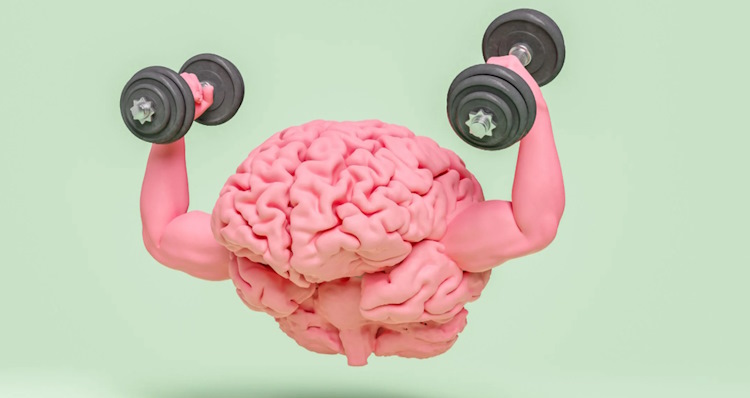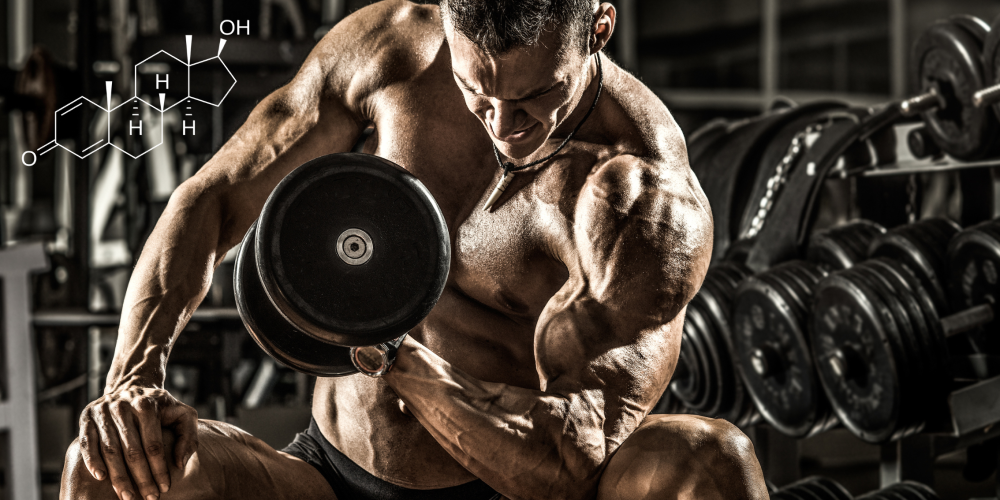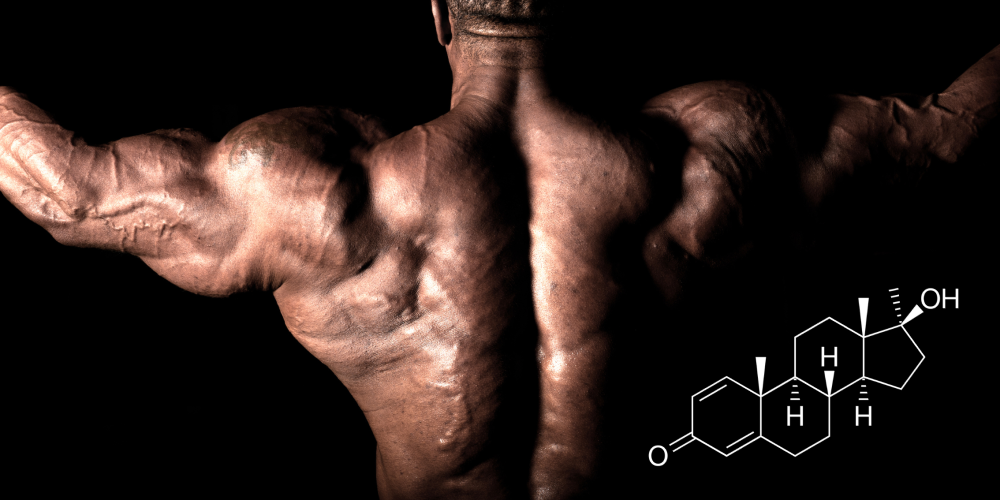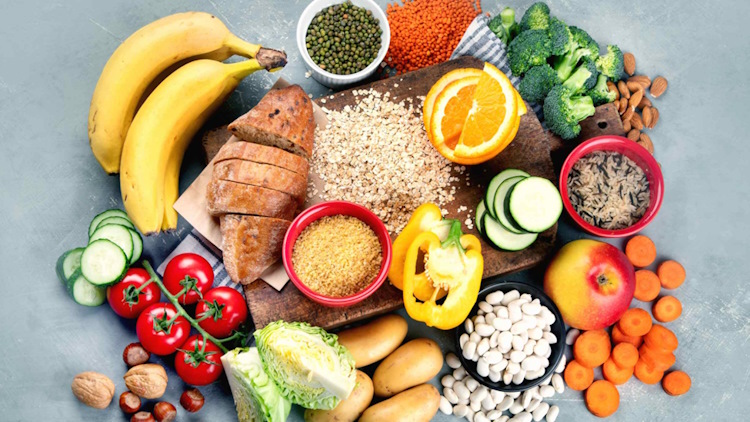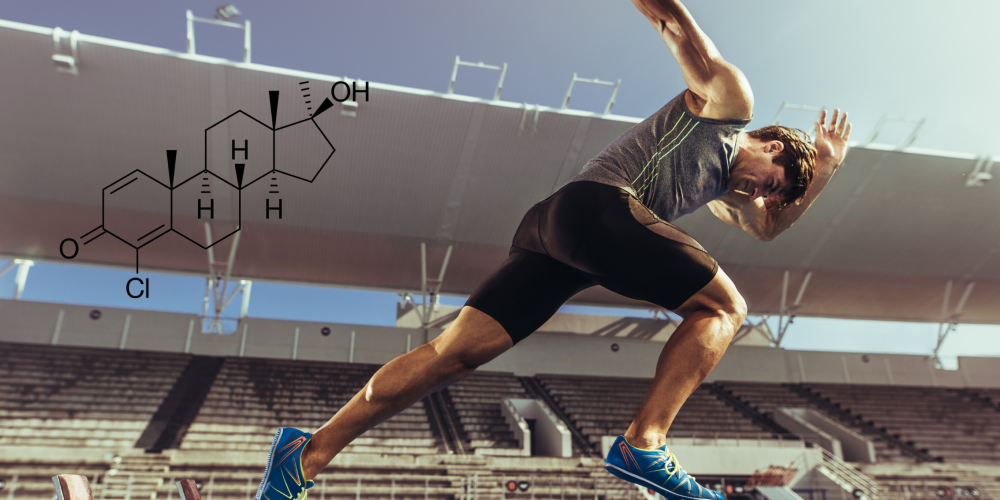Nature vs Nurture – the importance of genetics in body building
Introduction to Genetics and Bodybuilding
Bodybuilding is a popular hobby, but have you ever stopped to think about what makes some people better at it than others? Genetics play a significant role in bodybuilding and if you’re not blessed with the right genes, you might as well stick to collecting stamps.
In fact, when it comes to bodybuilding, some people have it easier than others. If you’re born with the right genes, you could have an unfair advantage over the rest of us mere mortals. You might have a fast metabolism, making it easier for you to stay lean and shredded. You could have more type II muscle fibers, which are well suited for explosive power and strength. In addition, let’s not forget about muscle shape – some folks are born with biceps that pop like balloons, while others have to make do with spaghetti arms.
But don’t worry, there’s still hope for the rest of us. By understanding more about genetics and bodybuilding, we can learn to work with what we’ve got and maximize our potential. With the right training program, nutrition plan, and supplementation, we can still make gains and build the body of our dreams.
While genetics aren’t everything when it comes to building muscle, they certainly play a big role. Whether you were born with the perfect physique or have to work a little harder for it, with the right mindset and approach, you can achieve your fitness goals. After all, it’s not just about the genetics – it’s also about the hard work, dedication and discipline it takes to get there.
The Role of Muscle Fiber Types in Bodybuilding
When it comes to muscle fiber types in bodybuilding, you cannot just rely on those fancy Instagram filters to cover up your lack of gains. Understanding your muscle fiber type is vital because it can significantly affect your workout routine and help you tailor your regimen to fit your needs.
Muscle fiber types are like the spices you use when cooking – different types can make all the difference! Type I fibers are slow-twitch fibers responsible for endurance and fatigue resistance. In contrast, Type II fibers are faster, used for short, explosive movements like lifting heavy weights. Knowing what type of fibers you have is essential in avoiding those embarrassing gym mishaps and seeing progress in your desired areas.
Type II fibers come in Type IIa and Type IIb, and as you might have guessed, they are not made equal. Type IIb fibers are responsible for explosive strength, whereas Type IIa fibers bridge the gap between slow-twitch and fast-twitch movements. Understanding these fibers and your body’s fiber makeup can increase your success in carving out a killer body.
In short, understanding these fibers is crucial in building muscle mass and avoiding those awkward gym moments where you’re the only guy in the gym who can’t lift the weight you want. With the right knowledge and training, you can achieve the muscle mass and strength you desire. So, keep grinding, keep lifting, and keep understanding your muscle fiber type!
Muscle Size, Shape, and Genetics
Regarding muscle size and shape, genetics play a significant role. Some people are born with muscles that are just waiting to grow, while others struggle to add any significant mass, no matter how hard they work.
Muscle size is one of the most noticeable indicators of strength and fitness, but it’s not just about how big your muscles are. Your muscle shape can also affect your physique and determine any perceived flaws you might have.
For example, if you were born with a wide waist, getting that taper is going to be a bit of a challenge. You might find it tough to get the coveted V-shaped body, but that doesn’t mean you should give up. With the right workout routine and nutrition plan, you can still achieve a leaner, more defined physique.
However, it’s tough to fight your genes – some folks are born with shorter muscle bellies, which makes it challenging to get that bulky, rounded look. On the other hand, others have longer muscle bellies which can make them look more “aesthetic.” In other words, not all muscles are equally created to give you great gains.
While genetics can play a significant role in muscle size and shape, they don’t have to determine your fitness fate. With the right workout routine, nutrition plan and a little bit of determination, you can still achieve your desired physique. Just remember, it’s not always about the size of your muscles – it’s also about how you use them!
What about your calves? While calf training is often considered one of the most challenging aspects of bodybuilding, it’s essential to understand how much genetics can affect this body part.
Firstly, you need to know that there are two primary muscles in the calf area: the gastrocnemius and the soleus. The gastrocnemius, which forms the visible bulge at the back of the leg, runs from the knee to the heel and is responsible for producing forceful movements, such as jumping or running. The soleus, on the other hand, lies beneath the gastrocnemius and works to maintain postural stability.
Now, let’s talk about genetics. The shape and size of your calf muscles are largely determined by the length and position of your Achilles tendon. For example, individuals with a longer Achilles tendon may have a flatter calf muscle, while those with a shorter Achilles tendon may have a more pronounced, rounder muscle. Additionally, the proportion of slow-twitch to fast-twitch muscles in your calves is also influenced by your genetics, making some people naturally better suited to endurance exercises, while others excel in more explosive movements.
But don’t let your genes get you down! The good news is that there are calf training exercises that can help you develop and grow your muscles, regardless of your genetic limitations. Focus on exercises that target both the gastrocnemius and soleus muscles, such as calf raises, seated calf raises, and donkey calf raises, to fully stimulate growth in these areas.
Incorporating high-intensity interval training (HIIT) and plyometric exercises, such as jump squats or box jumps, can also help to recruit muscle fibers and promote growth. Furthermore, proper nutrition and rest are crucial factors in developing your calf muscles.
Metabolism and Genetics: Beyond Caloric Intake
Metabolism is a tricky subject, and when it comes to genetics, things can get even more complicated. While caloric intake is essential when it comes to losing weight, it’s not the only factor for healthy weight maintenance. In fact, recent studies have suggested that genetics also play a significant role in our metabolism and nutrient processing.
Have you ever wondered why your friend seems to be able to eat all day and not gain an ounce, while you have to skip your morning oatmeal just to make it to lunch without feeling lethargic? Well, it’s all in the genes. Certain genes can be responsible for differences in metabolic rates, which means that some people are just naturally predisposed to burning calories faster than others.
Despite what you may have heard, metabolism isn’t just about how many calories you burn while working out. It’s also about how your body processes and stores nutrients, including carbohydrates, fats, and proteins. Genetics can affect everything from insulin resistance and glucose metabolism to the storage of fats around the waistline.
So, while it might seem unfair that some people are blessed with faster metabolisms, there’s still hope for the rest of us. By understanding more about the interaction between genetics and metabolism, we can tailor our diet and exercise plans to optimize our own metabolic function. Recent studies have shown that personalized diet plans that take genetic predispositions into account can lead to more successful weight loss outcomes.
Hacking Your Genetics: Training and Nutrition Strategies
First things first, let’s talk about training strategies. When we’re talking about hacking your genetics for optimal muscle growth, there are a few key factors to consider. One of the most important is variation. Your muscles love a good challenge, so switching up your workouts regularly is key. Try incorporating different rep ranges, weights, and exercises into your routine to keep your muscles guessing and growing.
Next, let’s talk about intensity. To really hack your genetics and maximize muscle growth, you’ve got to push yourself to the limit. High-intensity training techniques like supersets, drop sets, and rest-pause sets are fantastic ways to shock your muscles into growth.
Now, let’s dive into the nutrition side of things. When it comes to hacking your genetics for muscle growth, there are a few essential nutrients you need to be getting in your diet. Protein is an obvious one – aim for at least 1 gram of protein per pound of body weight per day. But don’t forget about the importance of carbs and healthy fats, too. Carbs provide your muscles with the energy they need to crush it in the gym, while healthy fats support hormone production and overall health.
As for specific nutrition strategies, timing is everything. Make sure you’re fueling up with a protein-rich meal or snack both before and after your workouts to maximize muscle growth and recovery. And if you really want to hack your genetics, consider experimenting with intermittent fasting, which has been shown to have all sorts of positive effects on muscle growth and overall health.
Here are some pointers:
- Prioritize protein: As mentioned earlier, protein is essential for building muscle. Aim for at least 1 gram of protein per pound of body weight per day. Make sure to vary your sources of protein and try to eat protein with every meal.
- Fuel up pre- and post-workout: Eating a protein-rich meal or snack both before and after your workouts can help maximize muscle growth and recovery. Try having a protein shake with some carbs before your workout and a balanced post-workout meal that includes protein, carbs, and healthy fats.
- Experiment with intermittent fasting: Intermittent fasting was shown to have all sorts of positive effects on muscle growth and overall health. Try eating all your meals within an 8-hour window and fasting for the other 16 hours of the day.
- Get enough carbs: Carbs provide your muscles with the energy they need to crush it in the gym. Aim to get most of your carbs from complex sources like fruits, vegetables, and whole grains.
- Don’t neglect healthy fats: Healthy fats are essential for hormone production and overall health. Olive oil, nuts, avocados, and fatty fish like salmon are all great sources of healthy fats. Aim to get about 20-30% of your daily calories from fat.



